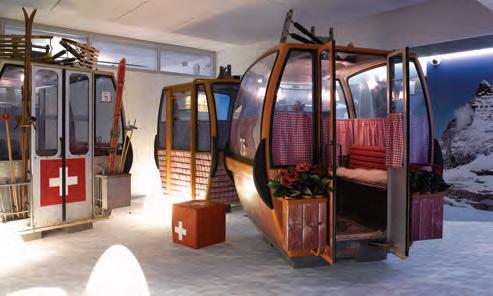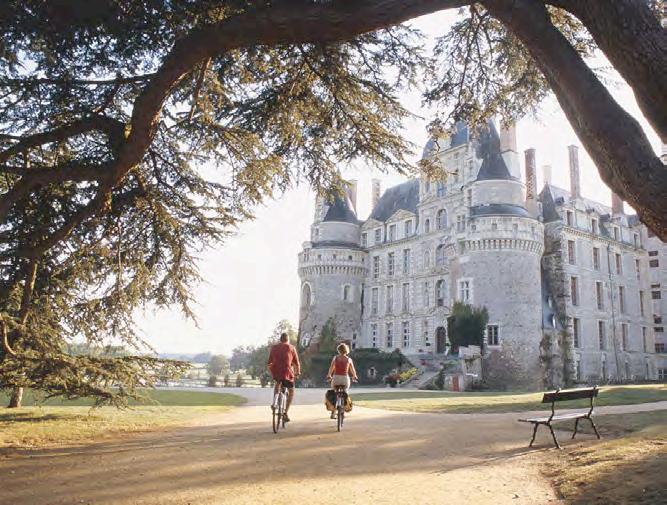
9 minute read
New Castles
from TWSM#7
Workplace New Castles
The Workplace in the Age of the Brand
Advertisement
As architects and designers we must remember that workers’ real life is still the domestic and social part of our existence and must seek to balance the requirements of the business and the brand with our personal needs.
By NEIL HOGAN
Work Style Publisher project: “From Castle to Headquarters”.
It is a book that recounts with text, photographs and renderings the dynamics represented by Neil Hogan in this first article and in the future articles currently in the pipeline.
Many moons ago, before the industrial revolution, the landmark buildings of our towns and cities were the grand houses of the aristocrats, the palaces and government buildings of the ruling elite and, of course, most dominant of all, our places of worship – churches, cathedrals, synagogues, mosques and monasteries.
NEW MATERIALS Industrialization changed this centuriesold set up. Workers began to move from agriculture to industry and from the countryside to our fast-expanding cities, which threatened to burst at the seams with the new population influx. At the same time, new technological breakthroughs in the mass production of key building materials - iron, steel and sheet glass – allowed the creation of huge-scale work buildings to house them in. The new era kicked off in the late 18th and early 19th centuries with the building of new factories and mills, quickly followed by the erection of public buildings that expressed the common purpose of our new civilized democracies – libraries, schools and universities, transport hubs, public baths, concert halls, museums and art galleries.
FROM CHURCH STEEPLE TO BRAND - BUILDINGS
In the early 20th century, the Americans were perhaps first to grasp the power of architecture to express the power of the new secular icon of contemporary life – the brand. The profits of the new border-crossing private enterprises, accelerated by new forms of transportation, gave rise to imposing buildings like the Woolworth, Seagram and Chrysler Buildings and The Rockefeller Center. These buildings quickly became the new status symbols of achievement in the business world, which was swift to embrace the technologies of early modernism in a new competitive skyscraper culture, allowing the new giants of commerce to dominate the skyline, climbing higher than any church steeple.
LIKE THE “NOBLES”, THE “CAPITALISTS” EXPRESS THEIR WEALTH WITH THEIR BUILDINGS
These corporate buildings, however, were not three-dimensional expressions of the brand, as we might understand it today. More simply, they expressed wealth, success, dominance and, above all, ambition. Their scale, location and material quality told the whole story, with huge and imposing internal volumes, whose gilded vestibules were used to house large-scale art and show off their owners’ status as pseudo-cultural tastemakers. The meeting of art and commerce did not always go to plan, however – when the Mexican muralist Diego Rivera included the face of Vladimir Lenin in his commissioned mural at the New York Rockefeller Center, the mural was painted over in its entirety when the artist refused to remove the reference to Lenin and compromise on the issue could not be reached! Many of these new corporate palaces were also rather good and creative examples of the new emerging architecture – and not only in America. London’s Oxo Tower and Hoover Building, for example, are classics of their era, even if their original owners no longer inhabit them. The Hoover building, now listed and restored, plays host instead to a Tesco supermarket superstore! However, the
quality of these buildings was perhaps more due to either the personal taste of the new masters of the corporate world and their willingness to show just how much wealth they had amassed - or else to the happy meeting point of the ambitions of private capital and a new generation of architects, both suddenly finding
themselves with a whole new world canvas, on which to make their mark, rather than the actual nature of the business itself. It’s probably no coincidence that their arrival also coincided with the ascendance of photography, with the new media outlets able to communicate and amplify these corporate achievements to the wider world.
WEALTH AND QUALITY DO NOT
ALWAYS GO HAND IN HAND
This boisterous struggle for dominance of the skyline has continued apace ever since, with the Middle East, Far East and South East Asia now outstripping Europe and North America in the endless competition to create the world’s tallest building. Over time, in Europe, we’ve come to see the ‘height race’ as even a little vulgar, with the tragedy of 9/11 providing a very literal end of the dream for New York’s skyscraper culture. It is now our cities’ financial districts, from Paris to LA, that play host to the majority of these ‘power buildings’, almost ghetto-ized within the city’s fabric. London’s proposed new HQ for the investment bank UBS by architect Ken Shuttleworth, for example, resembles little more than a medieval castle – a brutal slab of a building, which the site’s original developer Sir Stuart Lipton has called ‘the worst building we have seen in the city in 20 years.’ In Europe and North America we are now far more likely to see a new contender for the most creative new iconic architecture in the domain of leisure or culture, from the Louvre’s glass pyramid to the O2 in London or Gehry’s Bilbao Museum. The Sydney Opera House, by Danish architect Jørn Utzon, is a contender for the birth of this new spate of cultural landmarks in the modern era (although, as ever, the Romans were way ahead of the game with the Colosseum, completed in 80AD!).
BRANDS DRIVE OUR LIVES
Meanwhile, the b-word – the brand – has been fighting its own ‘inside-out’ battle for the dominance of the hearts and minds of corporate culture. Once understood only as a logo, perhaps with a strapline for advertising and a certain service ethos, the brand has now become a living strand of DNA in the minds of most businesses, with every touchpoint or interface given close consideration to ensure consistency of vision. As Angela Ahrendts, the CEO of UK fashion brand Burberry, said in an article in British Vogue recently, “If you’re going to have laser vision, doesn’t that have to go through the same lens?” The separation between what a company does in the public eye – its products or services – and the behind-the-scenes workers who created the end product, is disappearing. Where corporate headquarters were once clearly defined in terms of the areas a business visitor or client might see – the external building envelope and the internal reception or meeting rooms, for example – and the areas the workers were actually housed in, the deepening understanding of the three-dimensionality of the brand now means that every inch of a workspace interior and every person employed there must embody a company’s brand values.
ALSO INTERNET DRIVES OUR LIVES
We are living in an age of increasing commoditization. Even our new parallel universe – the digital world of social media and instant news and opinion – has been criticized recently for commoditizing even our emotional states. Search engines increasingly give results tailored to what they know about us – our location, tastes and preferences, while Yahoo was recently in the news for saying customers will now have to opt out of their new email service which will ‘read’ emails to find potential information to sell on to businesses about the products which might best be suited to our particular mindset. In short, the private/public lines in our lives are becoming increasingly blurred and the workplace is increasingly testament to this, with every worker now a 24-hour ‘brand ambassador’ for his or her employer. The recent Vogue article on Burberry, for example famous for its classic check fabric, tells of the journalist entering the brand’s London HQ building and finding nothing short of ‘total aesthetic immersion. Everything carries a reminder of the brand’s motif. The interior design, a tidy gridwork of Corinthian grey marble, painted black chrome and trench lacquer, gently recalls the geometry of the house check; faint hatched bands crisscross the blinds along the windows; dark wooden vases of eucalyptus are carved with checkered details.’ And what of the people working in the space? The journalist notes that ‘employees sit at shiny white workstations that bear no trace of office paraphernalia… or any other signifiers of individual expression.’ Even the workforce seems to be dressed in a perfect harmony of grey, black and navy. When asked if anyone ever wore orange, for example, Burberry’s press representative laughs and says no – except perhaps if you worked on the seventh floor where the design team were based? Only ‘creatives’, it seems, might be expected or allowed a little more individual articulation…
NEW ARCH-BRAND-PROJECTS
Architects and designers are responding to this new age of brand dominance by creating buildings and interiors, where every aspect obeys brand rules. A perfect architectural example is the proposed design for the new Apple headquarters in Silicon Valley (believed to be the work of Norman Foster), whose giant spaceship/ donut form is a perfect embodiment of the circular navigational interface we are so familiar with from our iPods. The design of Zaha Hadid’s new BMW building in Leipzig, meanwhile, is said to be “A series of overlapping and interconnecting levels and spaces, where the informing idea was to blur all separation between any one part of the complex and another and create a level ground for both the blue and white collar employees, the visitors, and the cars.” An interior that embodies this same trend is Google’s headquarters in Zürich, where workers can ride a slide down to get their lunch or else shimmy down a fireman’s pole, underlining the playful aspect of the brand, whose online presence changes daily to stay abreast of and ahead of consumer tastes and pre-occupations. As architects and designers working in this brave new world, we have to be very aware of the fine lines between clever and expressive three-dimensional branding and the charge that we are creating over-controlled and slightly nightmarish behemoth corporate environments, where we are constantly ‘switched on’ and where we have all become yet another audience for the values of our brand masters.•
Follow the project by a team of international experts, coordinated by architect Paolo Galuzzi, a professor at the Politecnico in Milan. The book is scheduled for the end of 2012. If you are interested in participating with your own projects or with a contribution, please write to: paolo@theworkstylemagazine.com
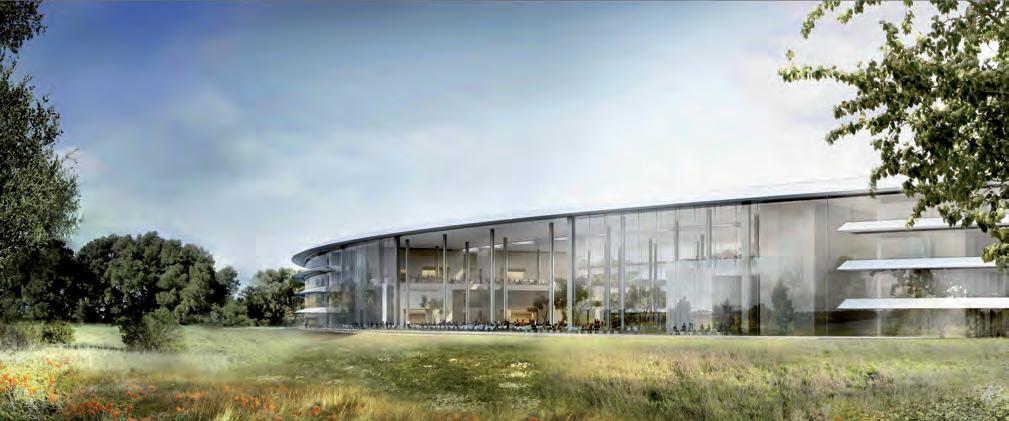

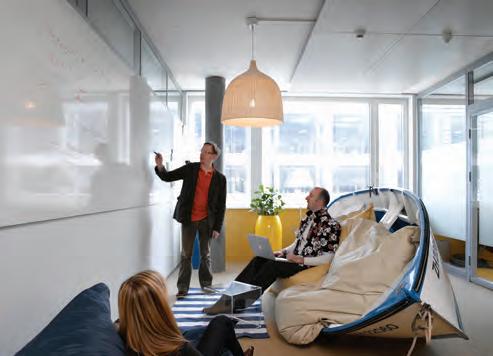
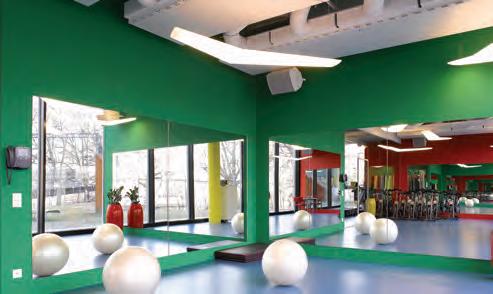
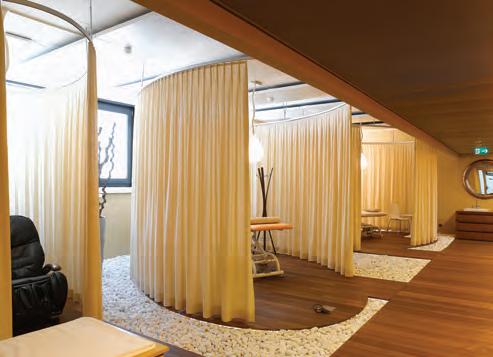
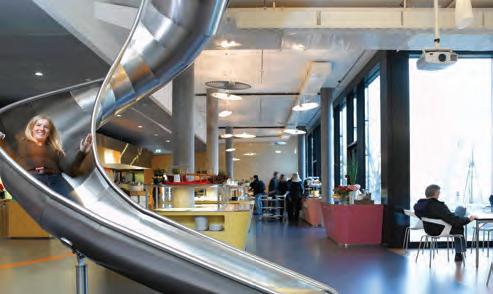
03
Headquarters-castle outside
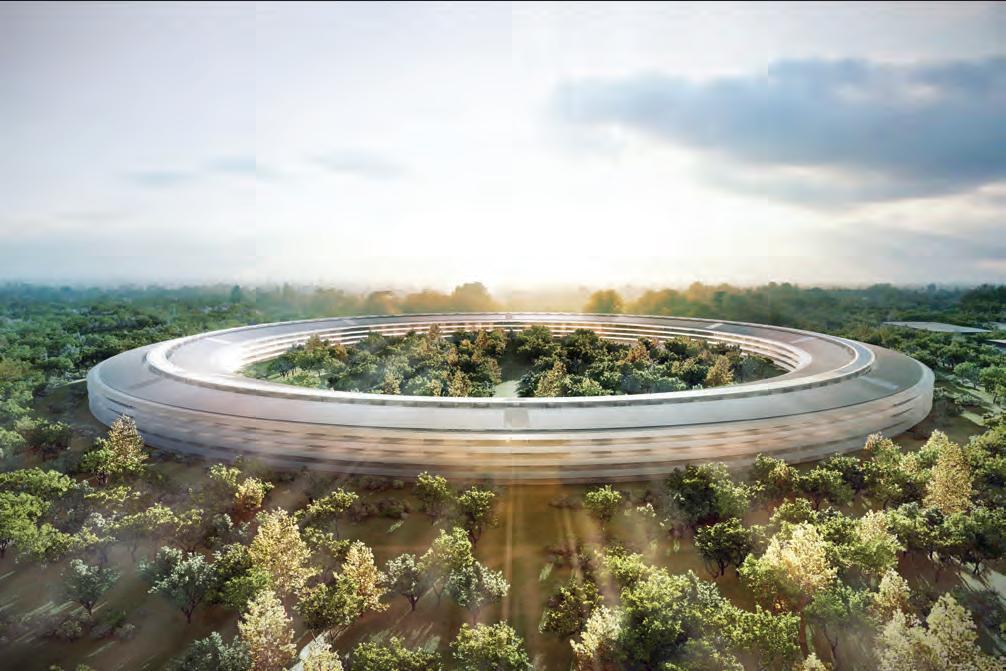
09
10
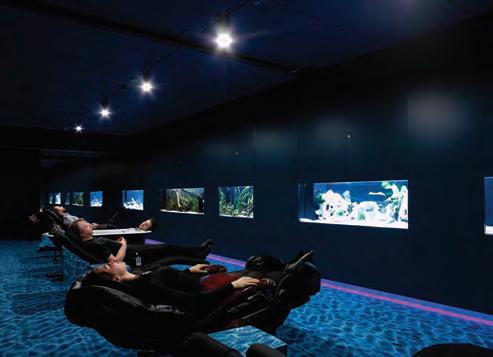
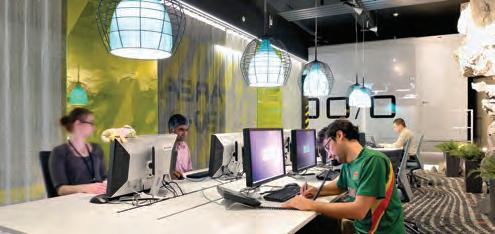
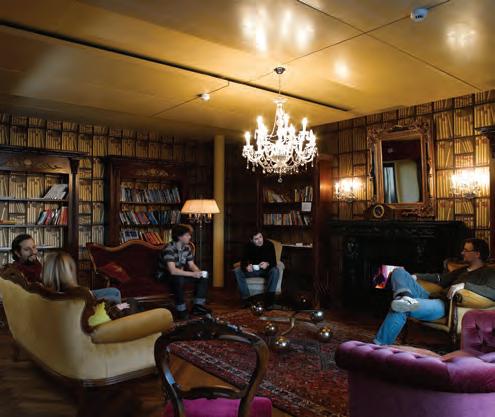
Headquarters-castle inside
